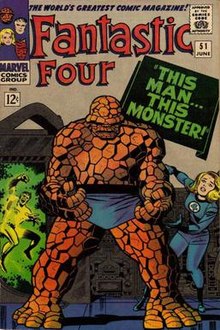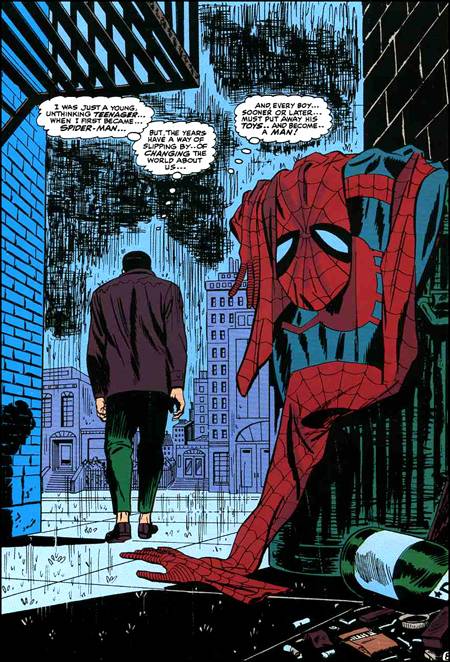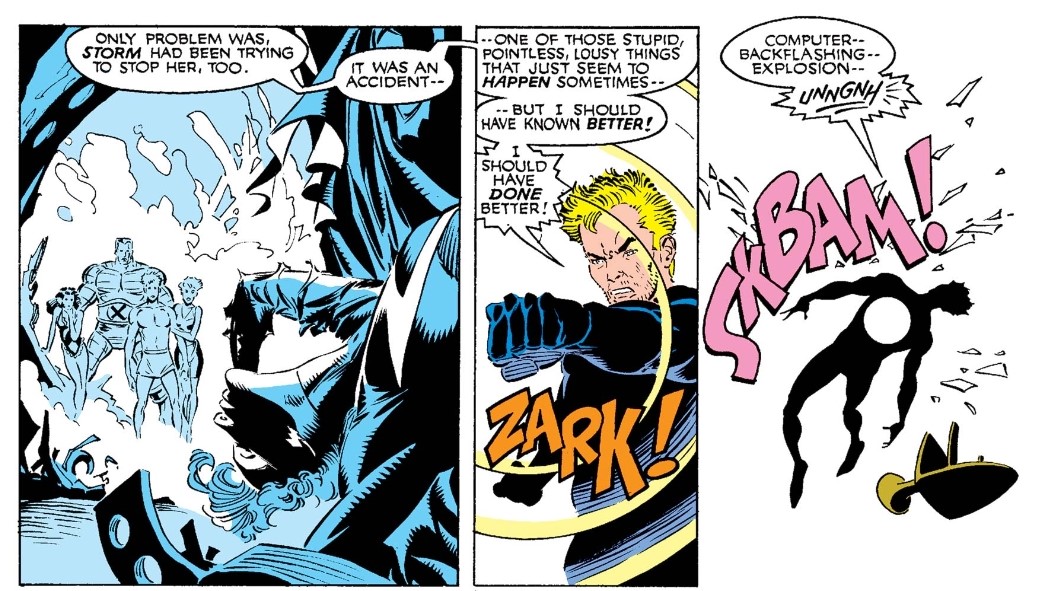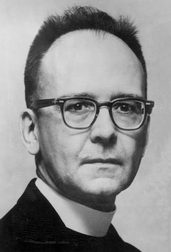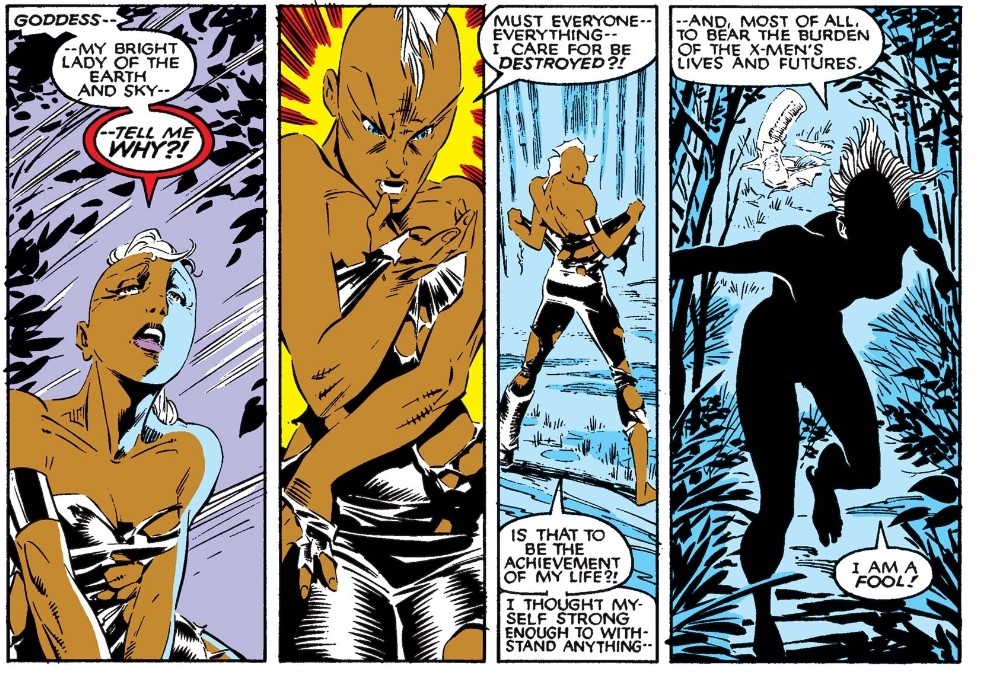One of the most prominent characterization strategies employed by Claremont for his characters (along with torturing them emotionally) is filling them with an intense sense of self-doubt with accompanying self-questioning that plays out in thought and narration. #xmen 1/9
Logan doubts his ability to be a man, Kurt his ability to be accepted, Piotr his ability to acclimate to a new culture, Ororo her ability to control her own power, Scott his ability to lead, Kitty her ability to measure up, etc, etc. 2/9
Here we have a situation where C’s writing is aligned with some of the more important stylistic conventions of Marvel. Self-doubting characters can be seen clearly in the original Fantastic Four comics, but were brought to bold new heights by Spider-Man in the same era. 3/9
Claremont’s X-Men operate in a similar way – constantly expressing a lack of interior confidence and routinely questioning their own capacity to even function as superheroes. Whole pages are filled, at times, with self-condemning internal monologues in the vein of Hamlet. 4/9
In this, the characters depart from the paragon model of heroism that is often employed by pre-Marvel heroes who exhibit a level of virtuous, unflappable perfection that comes complete with a supreme sense of self-assurance - admirable, of course, but not really relatable. 5/9
Interestingly, by placing the heroes on a lower scale of confidence to that of the reader, we can actually read the X-Men as antiheroes more than heroes, aligning them with an important cultural evolution that features prominently in the scholarship of Walter J. Ong. 6/9
With self-doubt in play, the narrative becomes one of complex self-realization, with characters overcoming limitations that are self-imposed more often than external. In this, the real battle is often a psychodrama in which the protagonist can serve as their own antagonist. 7/9
Mercifully, Claremont will often have the heroes break out of these vicious spirals of self-doubt through mutual support and intervention at the hands of their teammates, another example of how the X-Men found family speaks to the power of community. 8/9

 Read on Twitter
Read on Twitter

